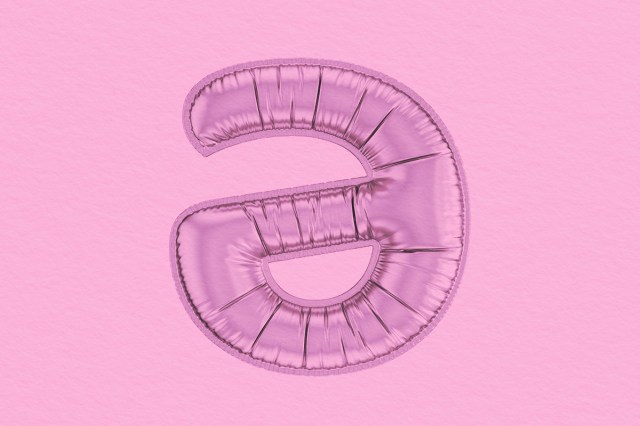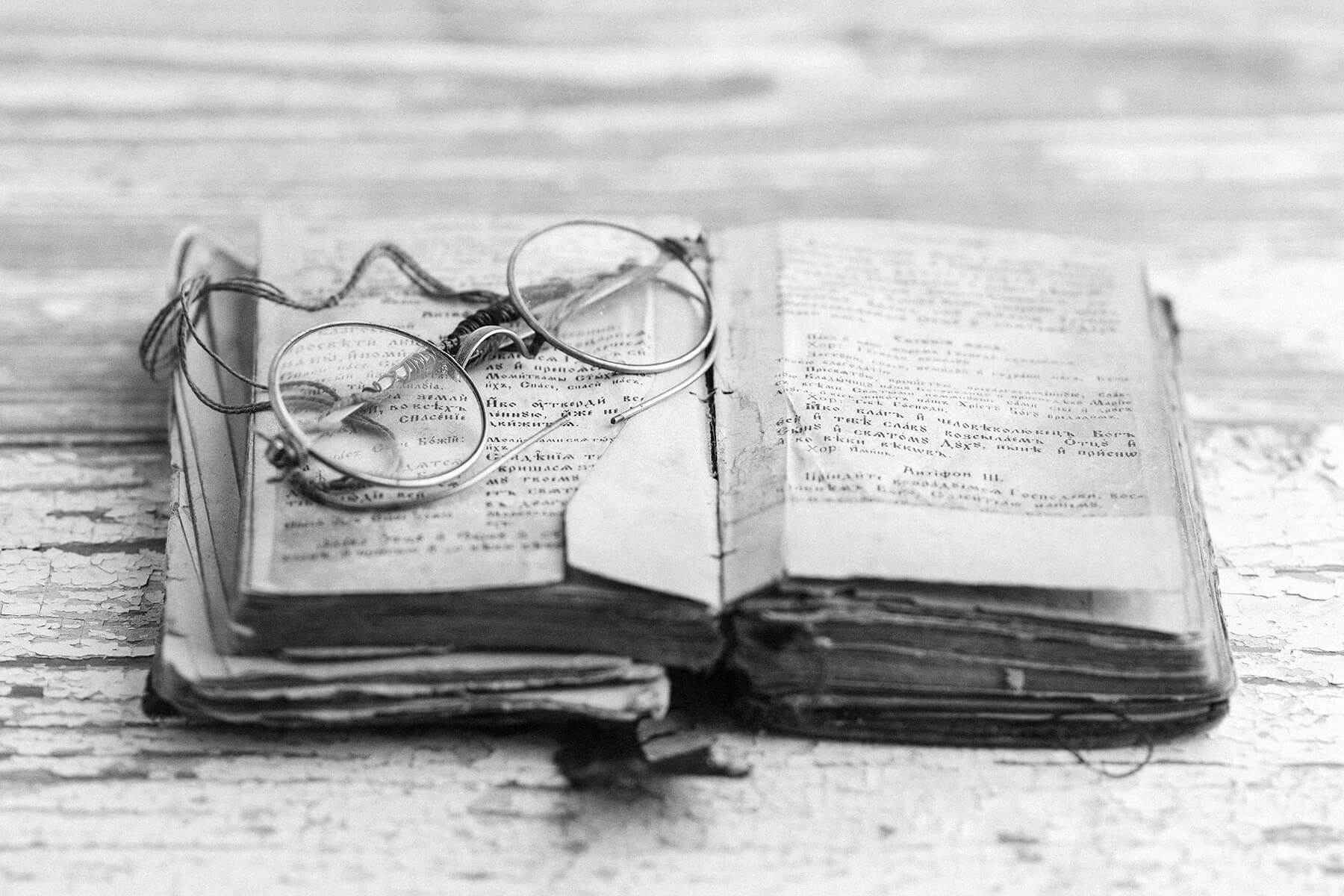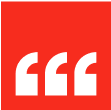
Before we talk about the word “schwa,” and what this symbol does, let’s just acknowledge how fun it is to say over and over. Schhhwaaaa … schhhwaaaaa … OK, that’s enough of that.
“Schwa” is the name for the upside-down “e” symbol (ǝ) often seen in the dictionary in the pronunciation guide as part of the International Phonetic Alphabet (IPA). It’s derived from the Hebrew word shva — a vowel that serves a similar purpose and appears in writing as two vertical dots beneath a letter. When it comes to pronunciation, the “ǝ” designates an unstressed syllable pronounced more like “uh.”
What makes a schwa special is that it often shows up even when there doesn’t appear to be a letter. Take “rhythm,” for example — while there’s no vowel seen between “th” and “m,” the IPA pronunciation shows “ əm” as the second syllable. The word is pronounced “RIH-thuhm” with the schwa symbol giving an unstressed vowel “uh” sound in the second syllable.
In addition to Hebrew and English, you’ll find schwas in at least 10 other languages, including Albanian, where it’s written as a diaeresis (two dots) over an “e.” In Dutch, it’s a digraph (two letters) written as “ij.” In Malay, schwas are shown using a symbol that looks like an upside-down “v.” No matter how the schwa is written, it sounds the same (the unstressed “uh” sound) in every language that uses it.















